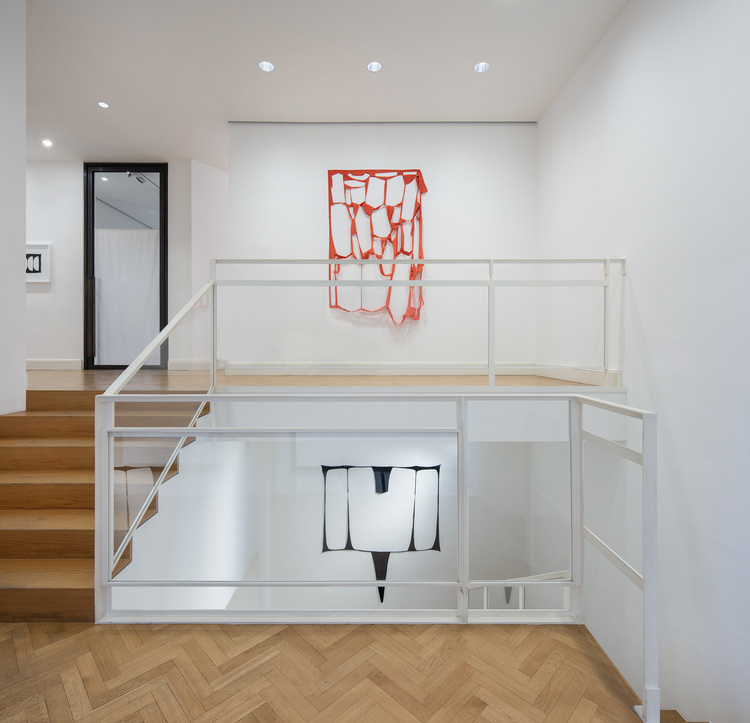Marion Baruch

Mostra personale.
Comunicato stampa
Viasaterna is pleased to host its first exhibition dedicated entirely to the work of Marion Baruch (Timisoara, 1929), continuing the collaboration started with the artist in 2018.
Baruch was born in Timisoara to parents of Hungarian origin and grew up in a highly unstable political and social context, amid amiStalinism and Fascism, ideologies that have profoundly marked her education, her poetics and her artistic becoming. Since her childhood, she has been passionate about art, drawing every day even as a war refugee in the Romanian countryside. Her inclination, particularly towards painting, first led her to Bucharest, then to Jerusalem, where she studied at the Bezalel Academy of Arts and Design, and finally, thanks to a scholarship, to the Academy of Fine Arts in Rome, where she explored different artistic languages, completing her education. In the 1970s she settled back to Italy, in Gallarate, where along with architect Carlo Moretti she conceived the modernist villa in which she lived for decades. This design experience engaged Baruch for a long time and brought her closer to the world of design and sculpture. From 1993 until 2010 she lived in Paris, devoting herself to projects also connected to relational art. And then back to Italy.
The core of the new exhibition project is a selection of textile works from the last decade of the artist's production, between 2012 and 2023, including some never seen before. Among the more than twenty works shown, there are Teatro and Teatrino, both from 2013, whose shape can be traced back to stage architecture; Schwerkraft(2018) and Oranjegekte, Follia Arancione! (2023), displayed for the first time ever. The exhibition itinerary culminates with Meccanismi di Precisione per Sculture (2022), a series never exhibited before in which fragments of fabric are suspended in open display cases, engaging in a dialogue with the surrounding space that eventually becomes an integral part of the artwork.



